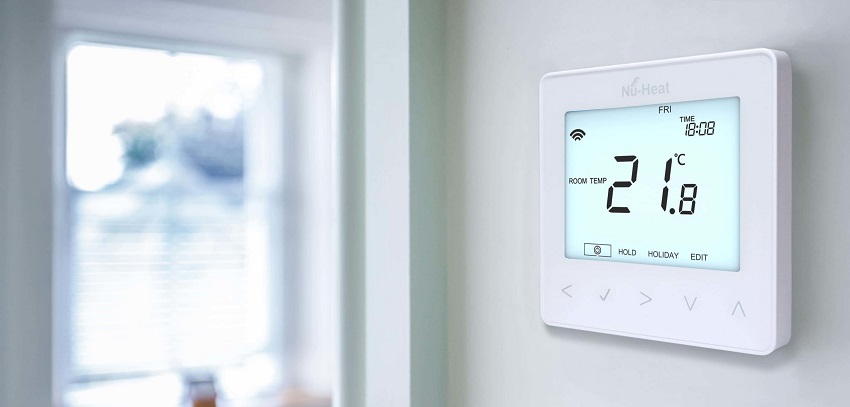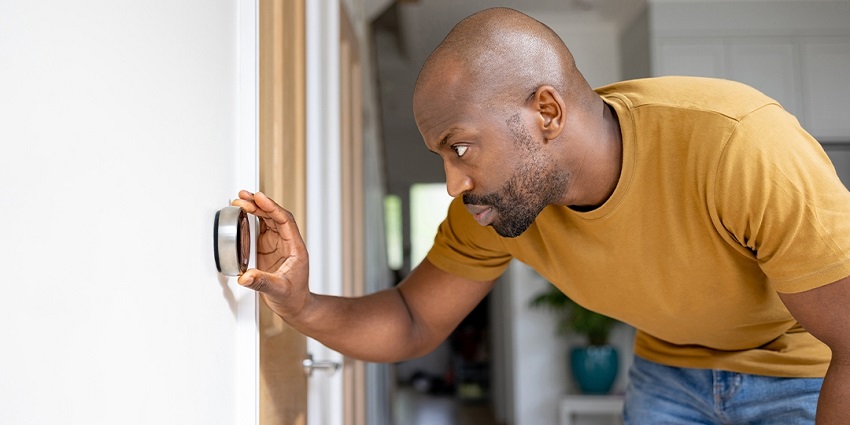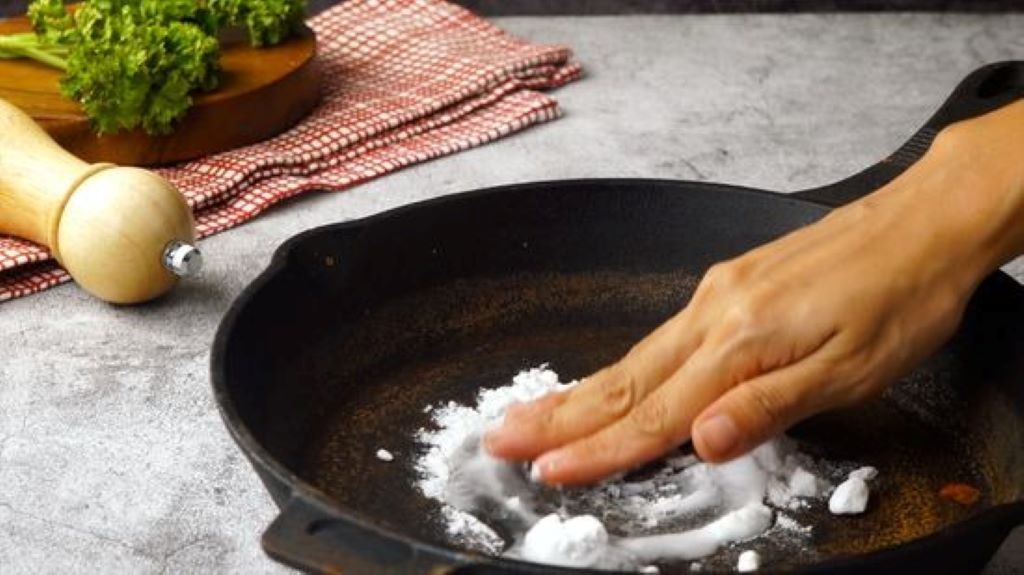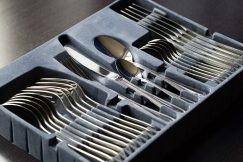Underfloor heating provides a comfortable and efficient way to warm your home during cold seasons. It ensures even heat distribution and eliminates the need for bulky radiators or heating systems. However, if your underfloor heating thermostat is not working correctly, it can disrupt the entire system’s functionality. In this article, we will explore why is my underfloor heating thermostat not working and provide troubleshooting steps to help you resolve the issue.
Underfloor heating thermostats are essential components of a radiant heating system. They allow you to control the temperature and timing of your underfloor heating, ensuring optimal comfort and energy efficiency. A properly functioning thermostat ensures that your underfloor heating system operates according to your preferences, maintaining a cozy environment in your home.
Common Reasons Why an Underfloor Heating Thermostat May Not Be Working
Power Supply Issues
One of the primary reasons for a non-working underfloor heating thermostat is power supply problems. The thermostat requires a stable power source to function correctly. If there is a power outage or disruption, it can cause the thermostat to stop working. Check the power supply to the thermostat and ensure it is receiving power.
Faulty Thermostat Display
Sometimes, the issue lies with the thermostat display itself. A faulty display can prevent you from accurately reading the temperature or adjusting the settings. If the display is blank, flickering, or showing incorrect information, it may indicate a problem with the thermostat. Consider replacing the thermostat or consulting a professional if the display is malfunctioning.
Sensor Malfunction
The sensor in your underfloor heating system plays a crucial role in measuring the floor temperature and relaying it to the thermostat. If the sensor is faulty or incorrectly positioned, it can affect the thermostat’s ability to regulate the temperature effectively. Ensure the sensor is properly installed and positioned according to the manufacturer’s instructions.
Incorrect Programming or Settings
Incorrect programming or settings can also lead to a non-working underfloor heating thermostat. If the thermostat is not programmed correctly or if the settings are misconfigured, it may not respond as expected. Review the thermostat’s user manual and verify that the programming and settings align with your desired temperature and schedule.
Troubleshooting Steps to Fix a Non-Working Underfloor Heating Thermostat
If you encounter issues with your underfloor heating thermostat, you can try the following troubleshooting steps to resolve the problem:
- Check Power Supply: Ensure that the thermostat is receiving power. Check the circuit breaker or fuse box to ensure no tripped breakers or blown fuses.
- Reset the Thermostat: Some thermostats have a reset button or a reset function in the menu. Resetting the thermostat can help resolve minor issues or software glitches. Refer to the user manual for specific instructions on resetting your thermostat.
- Replace Batteries: If your thermostat operates on batteries, check if they need replacement. Weak or depleted batteries can cause the thermostat to malfunction. Replace the batteries with fresh ones and see if the thermostat starts working properly.
- Check Sensor Placement: Ensure the sensor is correctly positioned and in contact with the floor. Verify that there are no obstructions or loose connections. Adjust the sensor if necessary to ensure accurate temperature readings.
- Verify Programming and Settings: Review the thermostat’s programming and settings. Double-check the temperature, schedule, and any other configurable options. Make adjustments as needed to align with your heating requirements.
If these troubleshooting steps do not resolve the issue or are uncertain about performing them yourself, it is advisable to seek professional assistance.
Professional Assistance for Thermostat Troubleshooting
While some thermostat issues can be resolved through basic troubleshooting, certain situations require the expertise of a professional. Hiring a qualified technician ensures the problem is accurately diagnosed and addressed, reducing the risk of further damage or incorrect repairs. Professional assistance is particularly recommended in the following scenarios:
- Complex wiring or electrical issues
- Persistent thermostat malfunctions
- Inability to determine the underlying cause of the problem
Professional technicians have the knowledge and experience to effectively identify and resolve thermostat issues. They can comprehensively evaluate your underfloor heating system and offer expert advice on the best course of action.
Preventive Maintenance for Underfloor Heating Thermostats
To minimize the chances of encountering thermostat problems in the future, it is essential to perform regular preventive maintenance. Here are some maintenance tasks you can undertake:
- Regular Cleaning and Inspection: Keep the thermostat and its surroundings clean and free from dust or debris. Regularly inspect the thermostat for any signs of damage or wear.
- Temperature Calibration: Occasionally, the thermostat’s temperature readings may become inaccurate. Calibrate the thermostat using a reliable temperature reference to ensure precise temperature control.
- Upgrading to a Programmable Thermostat: Consider upgrading your thermostat to a programmable model. Programmable thermostats offer advanced features, allowing you to set customized temperature schedules and optimize energy usage.
By implementing these preventive maintenance measures, you can enhance the longevity and performance of your underfloor heating thermostat.
Conclusion
A non-working underfloor heating thermostat can disrupt the comfort and efficiency of your heating system. By understanding the common causes of thermostat malfunctions and following the troubleshooting steps provided, you can potentially resolve the issue and restore the functionality of your underfloor heating system. If the problem persists or you are unsure about performing the necessary steps yourself, it is advisable to seek professional assistance. Remember to prioritize preventive maintenance to prevent future thermostat issues and ensure optimal performance.





